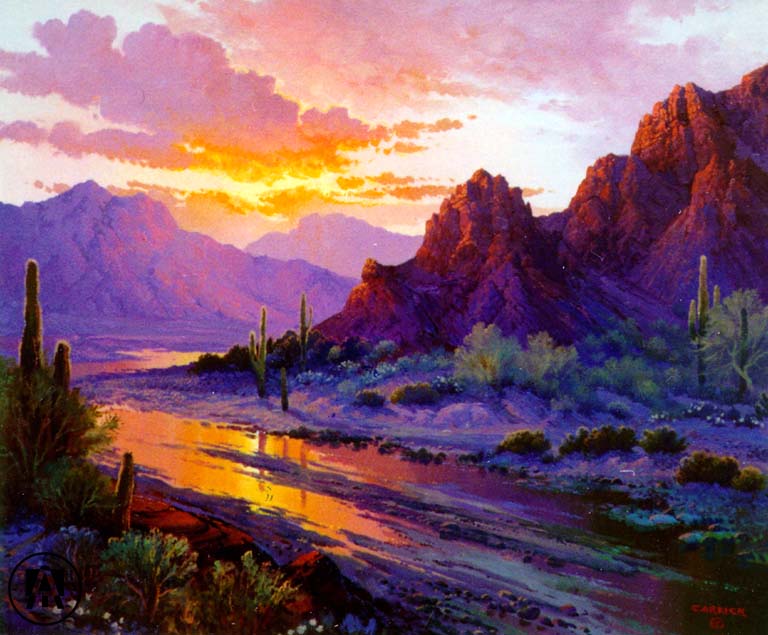
You are responsible for developing a substantial, original piece of art or literature that incorporates at least one major theme discussed in this course. Examples include painted, sketched, quilted, or sculpted art, photography, poetry, songs, plays, and short stories. Performance art is encouraged, but make sure you clear this in advance (so we budget time for it during class). You may work in a group of up to 4 students if your project requires a high level of effort. Bear in mind that each person in the group is responsible for understanding each component of the project; therefore, the group must work together and plan well enough in advance to give each member an opportunity to thoroughly review the final project. Characteristics of effective teams are described here.
Among the authors who effectively incorporate natural history into literature are Edward Abbey, William Bartram, Wendell Berry, Charles Bowden, John Burroughs, Rachel Carson, Annie Dillard, Marjory Stoneham Douglas, Robinson Jeffers, Joseph Wood Krutch, Aldo Leopold, Barry Lopez, Peter Matthiessen, Simon Ortiz, John McPhee, William Least Heat Moon, Gary Paul Nabhan, Gary Snyder, Henry David Thoreau, David Rains Wallace, Opal Stanley Whiteley, Terry Tempest Williams, and Ann Zwinger. Particularly if you are working on a "literature" project, we encourage you to read the works of these authors, and potentially to model your writing efforts after them.
Each project can be reviewed as many times as you would like before final submission. You must allow 2 weeks for each review (i.e., it will take us 2 weeks to return your submission); therefore, no projects will be reviewed less than 2 weeks before the due date. We will review draft projects for content, but we will not provide editorial reviews of drafts. We encourage you to seek editorial reviews from peers.
If you complete a project that involves written materials, we will expect you to demonstrate excellent writing skills. A guide to technical writing can be found here, and a guide to citing Internet resources can be found here. Written projects must be typewritten and double-spaced. For literary works, please use no binders, folders, or fasteners except a staple in the upper left-hand corner. The exception is for literary works that are accentuated by alternative forms of binding -- it's art, after all.
You will propose the criteria and the weights that will be used to evaluate your project. For example, you may want to employ the following criteria, and associated weights: link to vegetation management (10%), creativity (40%), effort (30%), artistry (20%; i.e., is it evocative, aesthetic?). We encourage you to propose alternative criteria and associated weights. Please submit these during the class period before projects are due. Note that projects will be displayed in class.
Projects will not be blind-graded, but they will be co-graded: The grade you assign your project will have equal or greater weight than the grade assigned by the instructors. Projects are due at 12:00 noon on the date indicated on the syllabus. Late projects, or those that do not follow the prescribed format, will be not be graded.
The rationale for this assignment is revealed by many authors, notable among them C.P. Snow (1959, The Two Cultures and the Scientific Revolution, Cambridge University Press, New York) and E.O. Wilson (1999, Consilience, Norton, New York).
The University of Arizona Code of Academic Integrity will be followed in this course.